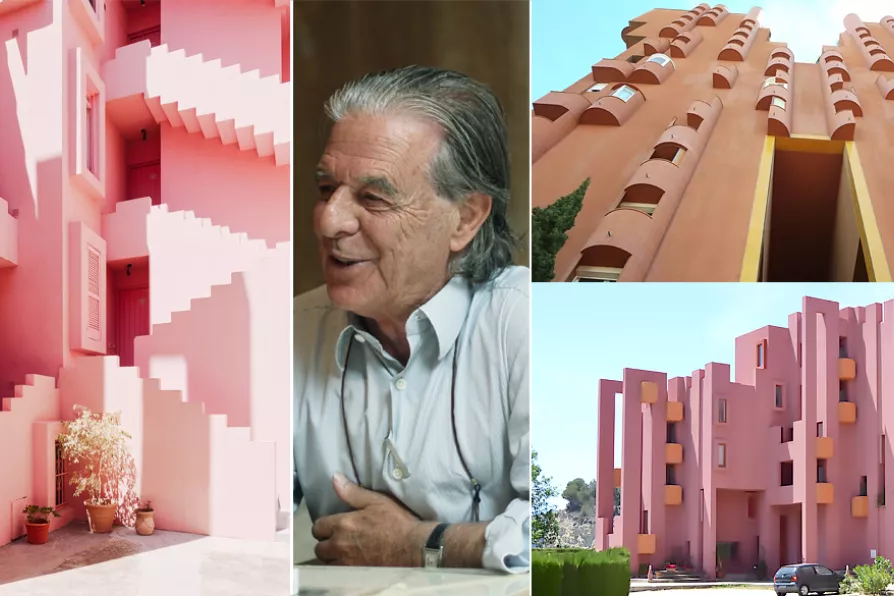RICHARD MURGATROYD enjoys a readable account of the life and meditations of one of the few Roman emperors with a good reputation

 EMBRACING: (L to R) Inner yard in Muralla Roja/Red Wall; Ricardo Bofill Levi; the facade of Walden 7 and Muralla Roja forecourt
[(L to R) erichology/flickr/Creative Commons David Olivari/flickr/CC Nicolás Boullosa/flickr/CC Joanbanjo/Creative Commons]
EMBRACING: (L to R) Inner yard in Muralla Roja/Red Wall; Ricardo Bofill Levi; the facade of Walden 7 and Muralla Roja forecourt
[(L to R) erichology/flickr/Creative Commons David Olivari/flickr/CC Nicolás Boullosa/flickr/CC Joanbanjo/Creative Commons]
RICARDO BOFILL LEVI, the Catalan architect whose studio retained a poet and a philosopher, has died on January 14 aged 82.
A Marxist activist during the Franco dictatorship, he was expelled from university in Barcelona, fled Spain for Geneva and only returned in the mid-60s when he assembled like-minded architects to set up Taller de Arquitectura/Architecture Workshop and located it in a converted cement factory in Barcelona. They were uniquely focused on providing housing solutions.
Bofill’s is a socially aware architecture that addresses the complex problems of urban communal living with rare courage and design flair. The projects were invariably characterised by a flamboyance of form never seen before.

SYLVIA HIKINS casts an eye across the contemporary art brought to a city founded on colonialism and empire

LYNNE WALSH previews the Bristol Radical History Conference this weekend












